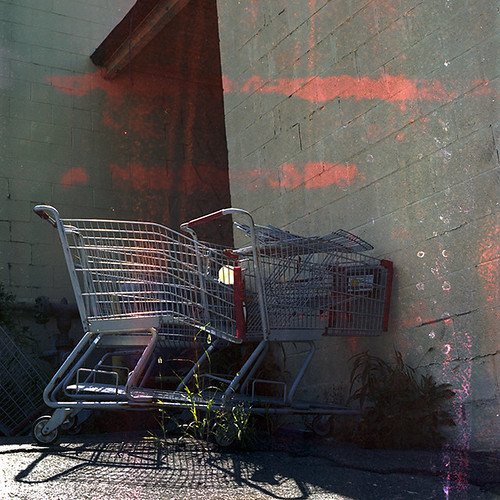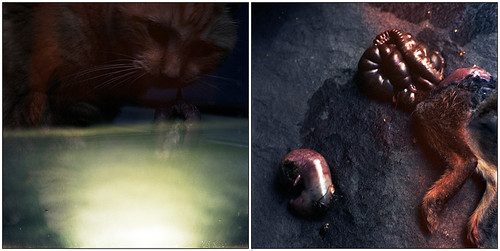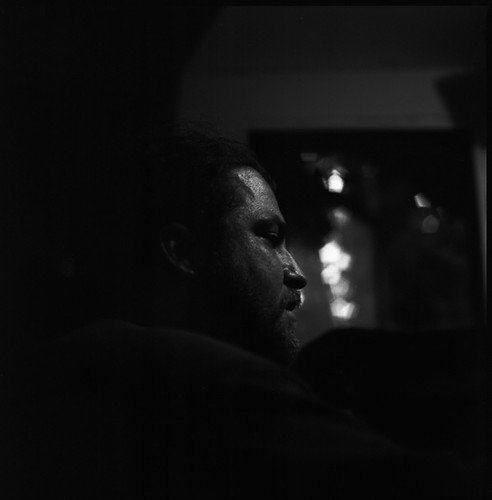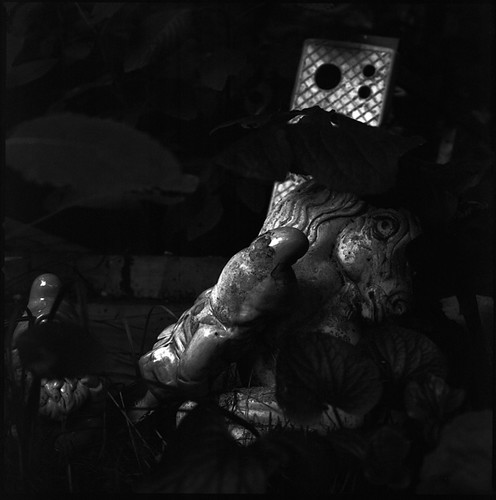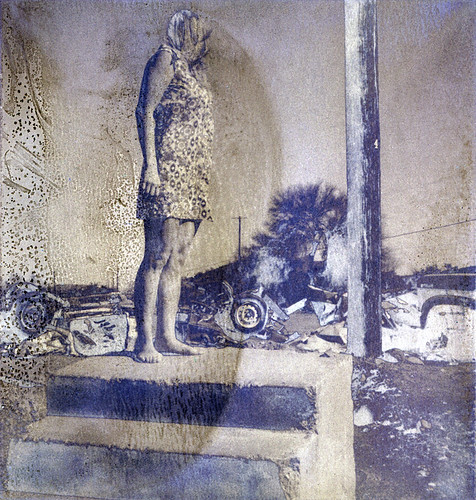Following the story of one of Polaroid’s coating plants closing reported by South Coast Today, several message boards have been alight with rumours that Type 55 positive/negative sheet film is discontinued.
Bill Schwab (who BTW makes fantastic pictures) actually bothered to call Polaroid, and said:
Just got off the phone with Polaroid (easy) where I was told that Type 55 is FAR from dead. In fact I am told sales are quite strong and consistant. I was told there are several coating facilities. I am now forwarding the article David linked to because they did not know of these rumours and want to read them before commenting further.
Check them facts, y’all. Picking up the phone before feeding the fire isn’t hard, it’s responsible. Of course the company may lie to you, but at least you’ve done some due diligence.

